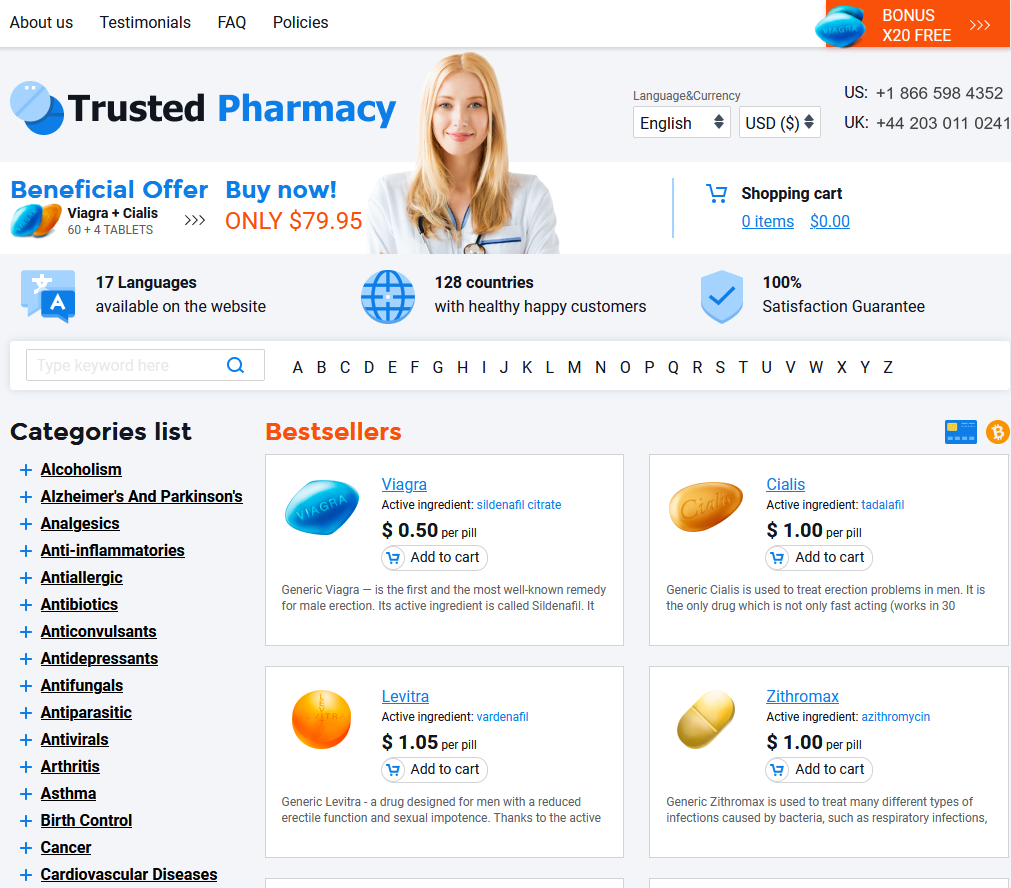What Makes Ampicillin Resistance a Growing Threat
Imagine a world where simple infections become life-threatening, all because common antibiotics like ampicillin no longer work. This unsettling scenario is fast becoming reality as bacteria evolve and adapt at an alarming rate. The misuse and overuse of antibiotics accelerate these changes, causing once-treatable bugs to withstand even our best medical efforts. Across communities and hospitals, this resistance undermines basic health care, risks patient outcomes, and inflates healthcare costs.
Recent years have seen more cases of illnesses failing to respond to routine treatment, leading doctors to rely on stronger, costlier drugs with harsher side effects. Escalating resistance does not respect borders—it threatens global health security, jeopardizing surgeries, cancer therapies, and care for chronic diseases. Tackling this silent epidemic demands urgent action from everyone.
| Factor | Impact |
|---|---|
| Overuse of antibiotics | Speeds up resistance |
| Lack of new drugs | Limits treatment options |
| Global travel | Spreads resistant bacteria |
How Bacteria Develop Resistance Mechanisms Rapidly

Bacteria are natural survivors, constantly evolving to withstand threats. When exposed to antibiotics like ampicillin, some bacteria randomly acquire genetic changes that shield them from harm. These changes can result from mutations or by gaining resistance genes from neighboring microbes through processes such as conjugation. Once resistant, these bacteria multiply rapidly, passing on their defensive traits. Because bacteria reproduce so quickly, new generations carrying resistance can appear within hours, making it challenging to control the spread of ampicillin resistance effectively.
Everyday Misuses That Fuel Resistance Spread
Imagine a world where minor infections are no longer easily treatable. This risk becomes real when individuals routinely misuse medications like ampicillin. For instance, some people may share their leftover antibiotics with family or friends who have similar symptoms, believing this to be harmless. Others keep taking antibiotics for common colds or sore throats—illnesses often caused by viruses, against which ampicillin is ineffective.
Purchasing antibiotics over the counter without a prescription also heightens the problem. These practices provide bacteria with plenty of opportunities to adapt, learn how to resist treatment, and then spread that resistance in a community. The cumulative effect is reduced effectiveness of ampicillin and related antibiotics, making it harder to control serious bacterial infections when they do occur.
Dangers of Self-medication and Incomplete Dosages

Imagine feeling better after just a few doses of ampicillin and deciding to stop treatment early. Many do this, not realizing they're leaving behind stronger, surviving bacteria. These bacteria adapt, making future infections harder to treat. Others may share leftover antibiotics with friends or self-prescribe, hoping for a quick fix. Unfortunately, this short-sighted approach fuels resistance in the community. Responsible use—completing prescribed courses and avoiding self-medication—helps ensure ampicillin remains effective for everyone.
The Role of Hospitals in Preventing Resistance
Hospitals stand at the frontline of fighting ampicillin resistance, where every decision can impact countless lives. Through stringent hygiene protocols and rigorous infection control, they ensure bacteria have fewer chances to spread. It’s not just about doctors writing the right prescription—pharmacists monitor antibiotic use while laboratory teams rapidly detect resistant strains. Regular staff education on antibiotic stewardship empowers everyone to recognize the dangers of overprescribing. Hospitals also play a vital role in educating patients about completing their treatment. Together, these efforts create a safety net, slowing resistance and protecting future patients. When hospitals lead by example, the wider community benefits.
| Hospital Action | Impact on Ampicillin Resistance |
|---|---|
| Antibiotic Stewardship Programs | Reduces unnecessary antibiotic use |
| Infection Control Measures | Limits spread of resistant bacteria |
| Staff Education | Improves responsible prescribing |
Smart Antibiotic Habits for a Healthier Future
Imagine a world where antibiotics still work when you truly need them—a future made possible by our everyday choices. One of the most powerful things you can do is only use antibiotics when prescribed by a qualified healthcare professional. Never pressure your doctor for these medications if they aren’t necessary, as this can contribute to dangerous resistance among bacteria.
Equally important, always finish the full course of antibiotics, even if you start to feel better sooner. Stopping treatment too early leaves surviving bacteria behind, which are the most likely to become resistant. This small act helps stop the spread of tough-to-treat infections within your community and beyond.
Sharing medications or using leftovers may seem harmless, but it’s a shortcut with real risks. By following care instructions closely and practicing good hygiene, you help preserve the effectiveness of antibiotics for everyone.

